6 Ways to take a different look at errors
During my early years as a coach, I became obsessed with reducing ‘errors’
The obsession caused me frustration and confusion, I spent far too much time trying to correct mistakes
I obsessed over those Technical errors that didn’t fit my ‘perfect’ model
Many practice sessions focused solely on the correction
I didn’t allow players to develop in a positive structure
It wasn’t a healthy approach to coaching
Are you one of those people who concentrate on error correction in pursuit of that ‘perfect’ technique
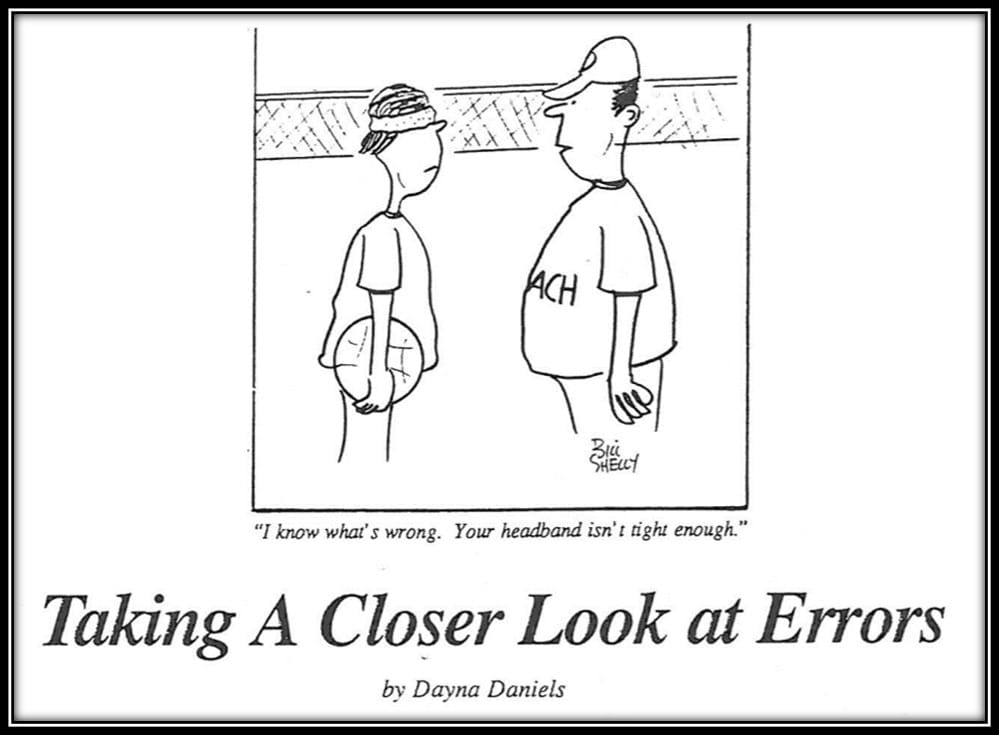 I don’t mind players and coaches being critical. It’s what you do with the information, the feelings, that’s what counts.
I don’t mind players and coaches being critical. It’s what you do with the information, the feelings, that’s what counts.
This post is based on a paper titled “Taking a Closer Look at Errors” by Dayna Daniels.
I’ve taken its themes and adapted then to Badminton. Plus I’ve added ideas, questions and recommendations for you.
I think its time to look at the ‘errors’ and consider if it really is something to get depressed or annoyed about.
Maybe it’s time to …
… take a different look and find ways to see these ‘errors’ as development opportunities
… find ways to ‘prevent’ these errors from emerging
… realise that errors are an essential part of learning
… consider if some errors are limiting whilst others are just part of development
… the ‘perfect’ technical model you are using is not suitable for nearly all the players you coach
My aim is to provide you with a different viewpoint on errors and hope that you will accept that errors aren’t just ‘Bad’ or ‘Not acceptable’.
Errors are invevitable, required, possibly not ‘errors’
– – – – – – – – – – – – – – –
1. What is an error?
2. Critical elements
3. Growth Spurts
4. Realistic Expectations – Performance Errors – Practice Demands
5. Encourage Errors? 🙂 😮 😕
6. Error Prevention rather than error Correction
… How a Champion reacts to an error
– – – – – – – – – – – – – – – –
1. What is an error?
 We need to agree on a definition
We need to agree on a definition
There are many different reasons for mistakes, be prepared to reflect on this before coming to a conclusion.
Here are 4 different reasons or scenarios that could define an ‘error’
Possibility No.1
Is it something you do that causes a mistake or possibly something your opponent does that ‘forces’ you into a mistake? It took me a while as a new coach to realise that some errors are forced by the opponent.
Your opponent hits a hard well placed smash wide of you and you only just reach it but you return it into the net, an error?
Could you really have hit it back over, or was their smash just a little too good?
.. some errors are ‘forced’ by the opponent
Possibility No.2
During a rally you decide to attempt playing backhand clear when you are deep in your rear court. It only just reaches the opponents half-court and is above their head. Your opponent takes advantage of the shortish length and hits a winner.
Maybe attempting the stroke was the mistake, not your technique. If you knew your backhand was weak why did you try it rather than hitting your fast flat backhand drag/pull/long drop.
… the ‘error’ was the selection of the stroke rather than your technical ability to play it
Possibility No.3
It’s getting close to the end of the match and there are only 3 or 4 points left, and it’s the 3rd game! The opponent high serves (very high) you decide to play your favourite return, the one that has worked throughout the match, the crosscourt slow slice.
It goes into the net 🙁 you get frustrated or angry and then hit the next return of serve out. The match slips away 🙁
… the ‘error’ was not understanding the tactical element of the match and how your emotions can affect your technical ability
Possibility No.4
Throughout the game your crosscourt backhand net flick keeps going flat : sometimes into the net, sometimes out the back, or often the opponent intercepts and smashes it down your forehand. It happens more often when you are moving quickly into your backhand forecourt and under pressure.
Why can’t you hit it up and over them?
Did you or your coach realise that your backhand net flick technique was different from other players? You have a ‘floppy backhand’. Take a look at your hand during the preparation: can you see and count the creases in your wrist or are you leading with the back of your hand towards the shuttle?
… the error was a ‘critical technical error’ meaning that the technique is unlikely to be successful due to a biomechanical issue, especially when under pressure
Be aware that ‘errors’ come in all forms and we have only identified 4 here
- those errors that are ‘forced’ by the opponent
- those that are a tactical choice by you the player
- those caused by the situation, the score in the game, the emotions that you feel
- those that are ‘critical technical errors’ and prevent an effective, efficient technique from being executed successfully
– – – – – – – – – – – – – – – –
2. Critical elements
Can you identify these elements that cause the errors described in point number 4 above?
It may not be easy as the level and specific ability of the player will have a tremendous bearing on judging how severe an error is for a particular skill.
A beginner will commit many errors, both large and small. Not all of these errors will contain technical deficiencies.
The coach must be able to sift through and identify the ‘critical features’ whilst looking at the performance in real time, it’s not an easy task
‘Critical features’ are those components of an action which affect the overall performance of the skill in a fundamental manner. If a critical feature is not performed to the expected level it will result in an error, and this may occur immediately.
Here are a few for you to read and then close your eyes and imagine the picture
- a pan-handle grip for overhead hitting, will prevent power, angle, or cause injury 🙁
- lack of pretension for starting (a poor split step) may result in not reaching a shot at the end of the movement
- ‘floppy backhand’ preparation (with the back of the hand leading) for a backhand underarm flick will cause the shuttle to travel flat or into the net
- lunging forwards onto the non-racket leg for net shots with limit the players ability to get to that ‘early shuttle’
- not ‘hand cocking’ (preparing the hand/hold for power) will cause the player to use lots of arm when trying to ‘lift’ the shuttle to the rearcourt
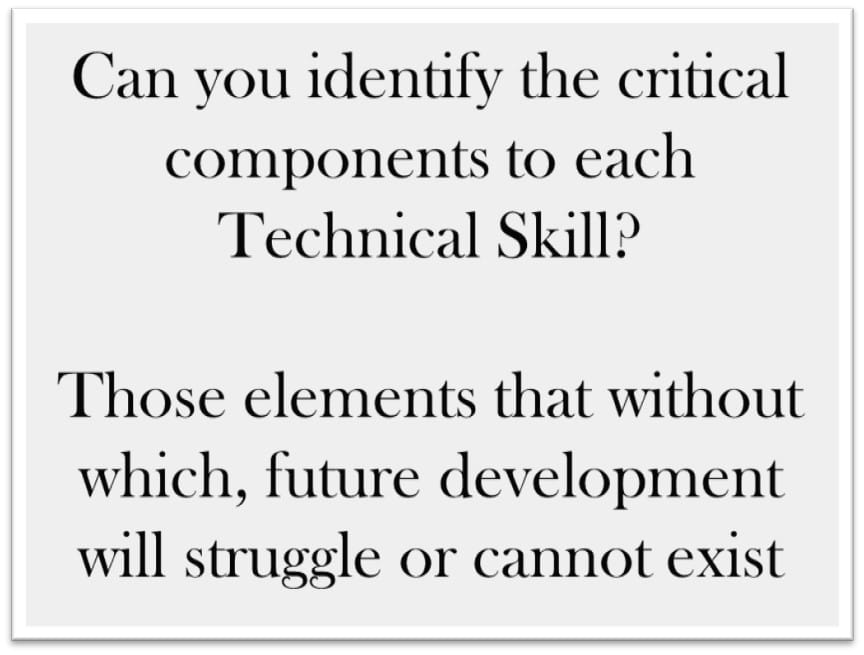 The critical features of each technique must be identified for every stroke/movement combination and also for each level of performance. I challenge you as a coach to identify what aspects you may consider to be ‘critical errors’.
The critical features of each technique must be identified for every stroke/movement combination and also for each level of performance. I challenge you as a coach to identify what aspects you may consider to be ‘critical errors’.
Whilst, for the most part, they will be the same for all levels of skill performance, some may need to be emphasised differently depending on the ability of the group.
For example-
- the use of an exaggerated underarm follow-through technique is not as important at a very young age as it would be as the player develops
- the method of stopping a lunge with a foot turned sideways may cause physical injury with novice players but can be seen widely used by World Class players (especially male players)
If a critical feature error is detected it should be the first thing to be corrected even if the outcome of the stroke/ movement is almost successful. Often the criticality of the error isn’t fully evident until speed and power are introduced in a game-like scenario.

Error prevention rather than error correction must be the aim of coaches working with novice players
– – – – – – – – – – – – – – – –
3. Growth Spurts
 Players experiencing rapid growth spurts or changes in weight might suddenly develop ‘errors’ in skills that were previously performed well e.g. net shots that used to go over are no longer as successful. During these periods the coach must reassure the player, modify performance expectations and wait for the physiological changes to settle down.
Players experiencing rapid growth spurts or changes in weight might suddenly develop ‘errors’ in skills that were previously performed well e.g. net shots that used to go over are no longer as successful. During these periods the coach must reassure the player, modify performance expectations and wait for the physiological changes to settle down.
Coaches working with these types of players must be very patient and should expect radical performance changes. Errors caused by these changes may not easily be corrected, in fact, correction should not be the aim.
If you want to read, click on the image, it will send you to a post titled “The Growth Spurt in Teens (+13 signs it’s happening)” by JILL CASTLE, MS, RDN or click on this link
Seek modifications in practice designs and discuss how competition performance can be managed. The player may experience a range of emotions but none of them should be labelled as an error. Coaches and players should work together as a team until the player gets used to their new body.
Badminton signs to look out for
- net shots suddenly not going over when previously it was ‘perfect’
- overhead ‘miss-hits’, especially when slicing
- loss of flexibility and pain in joints
- increased muscle soreness the next day
- walking into door handles 🙂
Growth spurt errors can easily be managed.
There is no need for ‘correction’ or intense practice to achieve eradication, slow steady progression (diminish emotions)
– – – – – – – – – – – – – – – –
4. Performance Errors – Realistic Expectations – Practice Demands
If the objectives set for a player are too precise, too detailed or too ambitious, you will probably see lots more ‘errors’ than you expected
When a new skill is first introduced or a skill is developed/pressurised, the coach is likely to see tremendous variation between what was expected and what was observed.
Is this always an error? Some of these observed variations are attributable to variations in individual techniques or to the perceived stress of the practice demands
Errors may only be an adaptation to the practice.
Be patient, allow for time, check the practice demands (level/constraints) and set them just above the current specific level
What is important at this stage is that the coach does not focus so much on what the player may be doing wrong but rather upon what is being done correctly. The emphasis should be on the overall pattern involved in the skill rather than the finer movements.
As the overall pattern becomes more automatic the small errors are likely to disappear
Examples to consider
Setting practices that require young players to hit a full-length backhand clear, keep all shots in the court or even to play a 20 shot multi-shot rally (error free) would be unrealistic. It could be argued that these 3 demands are unreasonable in any situation, completely unrealistic and not effective coaching. Do you agree?
However, some ‘errors’ must be expected and allowed for.
Scenario 1
Encouraging a player to move quickly to a low forecourt stroke is an essential skill. The practice demands would have to be set such that the shuttle could not be taken around the top of the net. The player must have to experience the ‘struggle’ and lunge ‘out’ as if to ‘kick the shuttle over with their foot’.
The number of errors made by not returning the shuttle over will increase as the feeding will be tougher than they are used to. The timing and speed of their movement will need to change.
I recommend that you use 1 shuttle, let the player start, but play tight tough ‘feeds’ to the forecourt and of course increase the decision making by flicking over or cross netting every so often 🙂
Scenario 2
When developing a powerful aggressive High Serve, (especially for juniors), don’t worry if a few go out of the back of the court. As long as they travel ‘high’ up into the roof space the occasional few out the back are ok. As power is developed some will travel a little too long.
If the player is striking the shuttle hard and aggressively and the shuttle travels a long way out the back: either serve higher or assess the techniques to ensure that it’s a high serve rather than a ‘long serve’
Scenario 3
When working on slices in a game of singles and emphasising the tactical / deception elements, players WILL make errors. Some shots will go into the net, some will be ‘read’ by the opponent and appear to be unsuccessful.
Encourage the development of ‘successful’ slices by adding pressure to the opponent.
Condition/constrain the practice by giving bonus points for smashes and slices that hit the court (2 points extra) and any winners landing in the rear tramlines receive 5 points!
I wonder how many successful slices will start to develop? 🙂 Try it out and let me know.
– – – – – – – – – – – – – – – –
5. Encourage Errors – ‘Error is the Price of Skill’
Have you thought about how ‘errors’ can contribute to positive development?
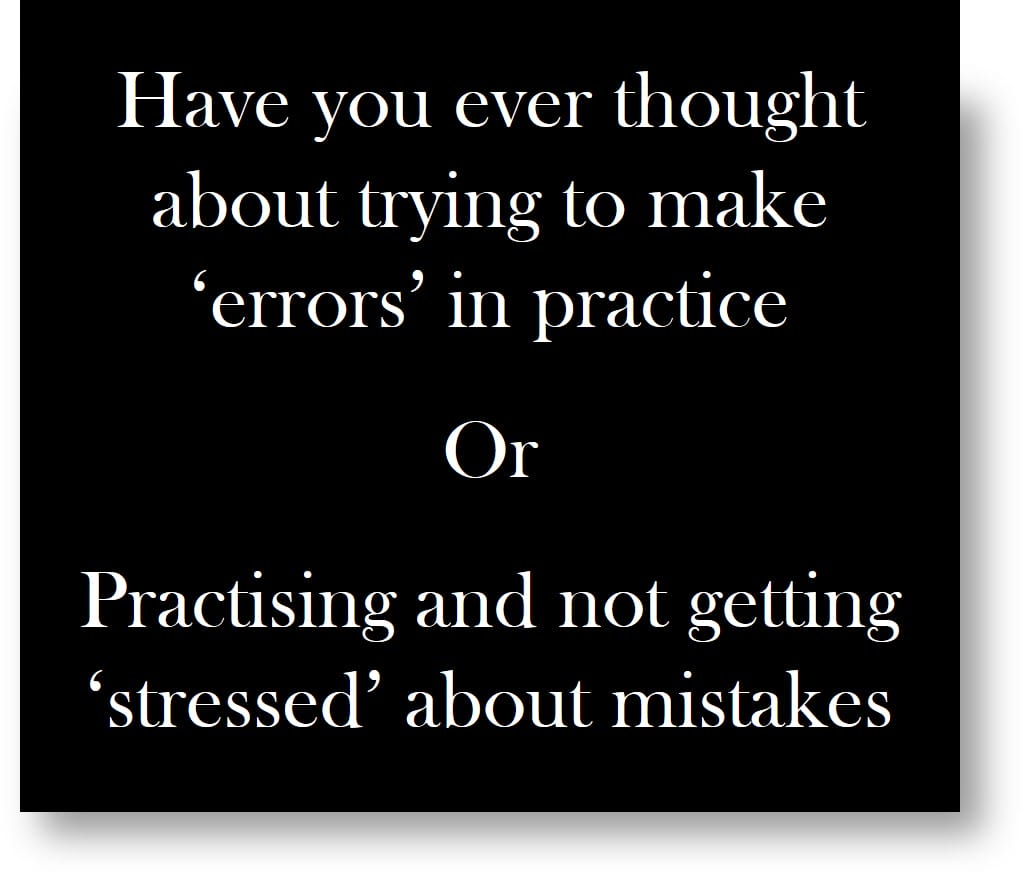 No one would disagree that errors inhibit performance and should be corrected. However, the aim should not be ‘Perfect Practice’.
No one would disagree that errors inhibit performance and should be corrected. However, the aim should not be ‘Perfect Practice’.
This concept took me a few years to understand. I struggled with how to achieve successful development using errors. I think my aim of perfect play wasn’t realistic and it certainly wasn’t applicable to player development.
A turning point came when I witnessed my mentor coach working on crosscourt slices. He encouraged the player to slice so that the shuttle landed in the tramlines! This didn’t make sense to me!! 🙁
I later realised that it was important to ‘go beyond’ certain limits in order to establish where they are. In this case, it was the fact that when slicing the shuttle may not travel as far crosscourt as you think. So how can you establish that ‘ feeling’?
Try it and let me know if you think that there are positives by encouraging yourself, or players, to make errors. In what situations could this be productive?
Statements to consider
- Be prepared to lose points in a game in order to try out that new skill
- Ask your practice partners to feed tougher (1 shuttle work) so that you can find that failure point
- Check that your coach isn’t muti feeding so that you get to everything
- If you are not making mistakes you may not be developing, staying safe and perfect isn’t always the best way to improve
- Error is the ‘Price of Skill’
– – – – – – – – – – – – – – – –
6. Error Prevention rather than Error Correction
I recommend that you spend time, lots of time, considering how to prevent errors from occurring
This applies to all aspects of skill: Technical / Tactical / Physical and Mental
Take a close look at the following list and consider if there are practices, environments, tasks, challenges that could have been introduced earlier to ‘prevent’ these ‘errors from occurring
I’d love to hear your ideas
I have thoughts on all of them and believe that the impact of each could be reduced or eradicated IF certain things were introduced early in players Badminton journey
 Overhead striking with a Pan Handle Grip
Overhead striking with a Pan Handle Grip- Hitting back to an opponent
- Feeling overwhelmed at Critical Points
- Square on hitting for overheads
- Avoiding tough practices and challenges
- Backhand ‘floppy wrist’ (playing backhands (often flick) when leading with the back of the hand)
- Struggling to understand how to create a ‘growth’ mindset and deal with setbacks
- Not feeling ‘comfortable’ in ‘uncomfortable’ situations
Young players should be ‘future error proofed’ as much as possible
– – – – – – – – – – – – – – – –
Bonus Section
Think about this quote from Roger Mills an All England Champion
A big difference between normal players and Champions, is the way a Champion reacts to an error
You don’t have to play perfect Badminton to win matches. Just make fewer mistakes than your opponent

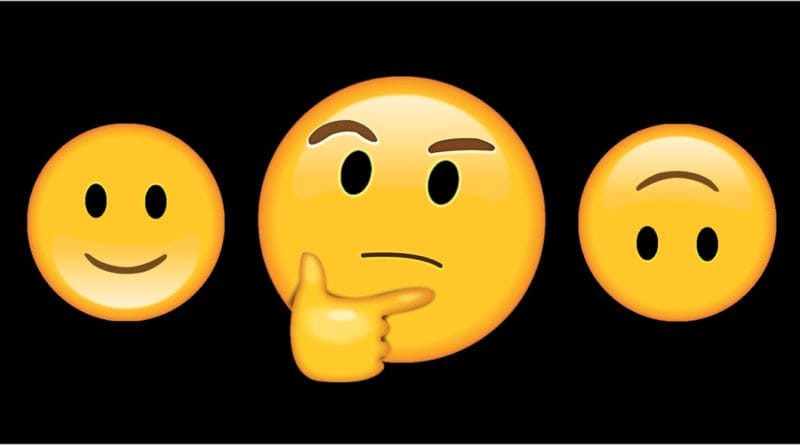
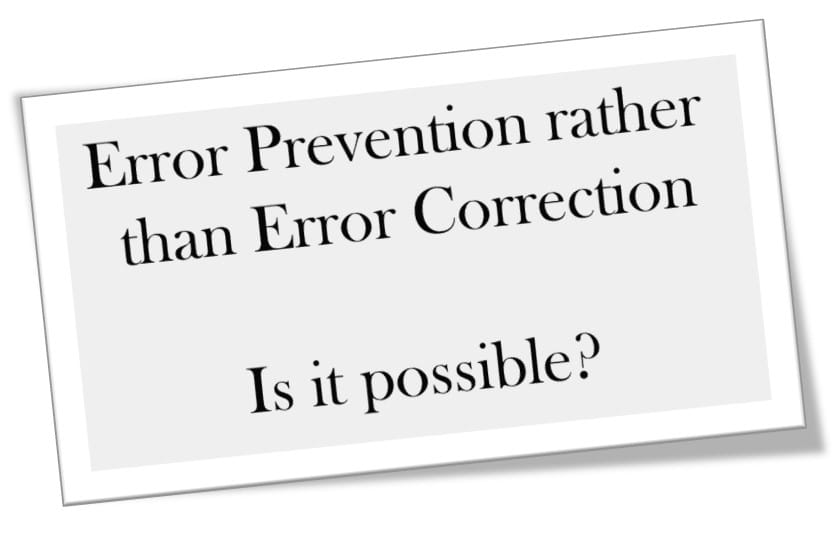 Overhead striking with a Pan Handle Grip
Overhead striking with a Pan Handle Grip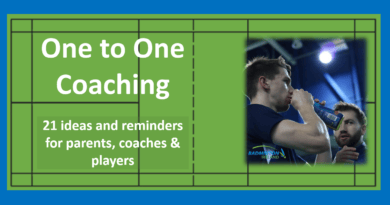
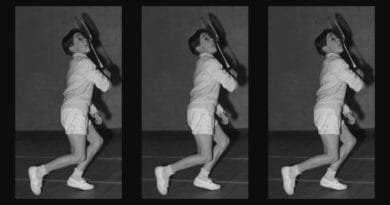
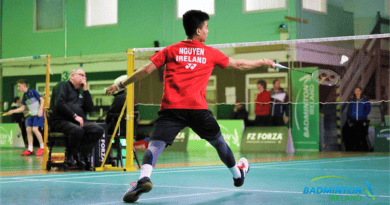
This is an interesting area.
Clearly there are different types of error and the way different coaches classify errors may vary.
I’ve had players who could hit a shuttle to a corner for 2 minutes without error in a practice, while this has its place they weren’t necessarily the best players.
It helps to classify shots and the acceptable likelihood of error – for instance for a drop shot you could say zero errors goal, since hitting it 10 % tighter than your error-free zone will not really give any more chance of winning the point or pressuring your opponent.
But playing a net off an opponents net you’d expect a number of errors, since there is difficulty in the shot and it must be very tight to be worthwhile, if you hit a net cord you will win the point, so assuming the rally situation was neutral if you hit 2 net cords and 1 error that’s a good result.
Thanks Darren, I completely agree with your comments.
I’m tempted to say that lots of Coaches classify every non-successful attempt as an ‘error’. I’ve certainly heard this in competition environments. I doubt that anyone can and should aim to play ‘perfect’ badminton (error-free) in competition.
However, in training, I’ve seen so many situations when coaches don’t intervene or take notice of ‘errors’. This occurs especially in multi shuttle feeds when possibly a large percentage are not returned over or in or with intent.
I’m intrigued with your comment
“ I’ve had players who could hit a shuttle to a corner for 2 minutes without error in a practice, while this has its place they weren’t necessarily the best players”
Always happy to hear more about the idea of a 2 min rally and the ability to return back to the feeder, yet I doesn’t translate into winning on court.